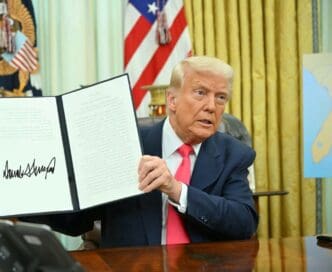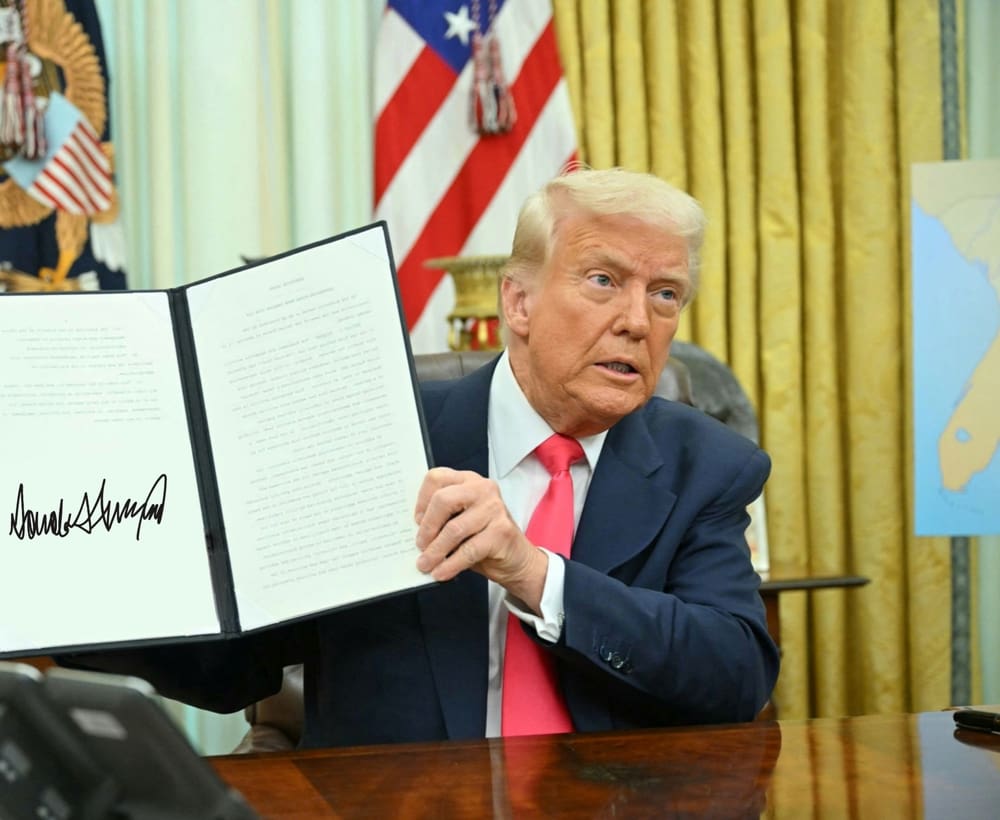The economic landscape is facing turmoil as a result of the newly imposed tariffs by Donald Trump, which have triggered significant market reactions. The latest developments show a marked decline in the stock market, with the Dow plummeting over 4,000 points since the tariffs were announced. This downturn echoes the financial instability last seen in 2020 during the economic shutdowns prompted by the Covid-19 pandemic.
The recently implemented 10 percent tariffs, which took effect last Saturday, are set to be followed by targeted, higher tariffs on specific nations starting April 9. The potential for further tariffs looms, especially in light of China’s threat to impose a 34 percent tax on US goods in retaliation. In response, Trump has proposed an additional 50 percent tariff on Chinese products unless China retracts its measures, signaling a brewing global trade war.
A legislative effort is underway in the Senate, led by a group of Republicans, to curb the president’s authority to impose such tariffs unilaterally. However, even with Democratic support, the measure lacks sufficient backing to override a presidential veto, making its passage into law unlikely.
Prior to Trump’s presidency, there was speculation about whether his tariff propositions were mere rhetoric or a concrete strategy. Investors seemingly bet on the former, but with the tariffs now a reality, the financial consequences are palpable. The severity of the situation hinges on Trump’s future actions. While negotiations with other countries may lead to some tariff cancellations, the continuation of these taxes could result in elevated prices and stunted economic growth, potentially ushering in a recession.
The Bottom Line
- The tariffs have already led to significant market instability, affecting investments and savings for individuals and financial institutions alike.
- Consumers might experience increased prices on goods, impacting daily expenses and overall cost of living.
- Businesses, particularly those reliant on imports and exports, could face operational challenges and profit losses due to the escalating trade tensions.
- The current political and economic uncertainty may result in decreased consumer confidence, affecting spending patterns and economic growth.
- Efforts to legislate limits on tariff impositions reflect a political divide, highlighting the challenges of balancing executive power and legislative oversight in trade policy.







